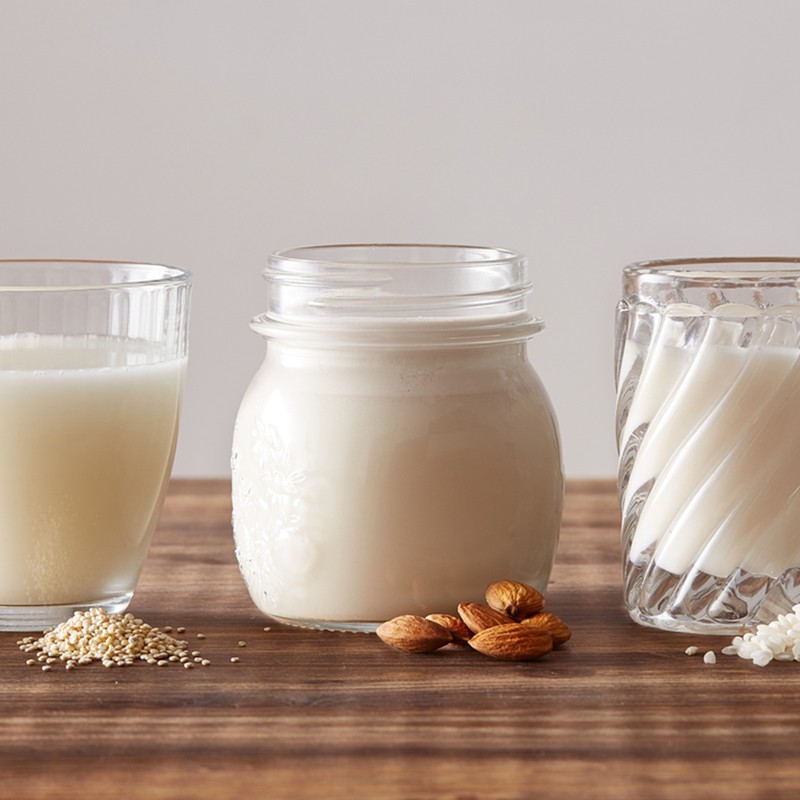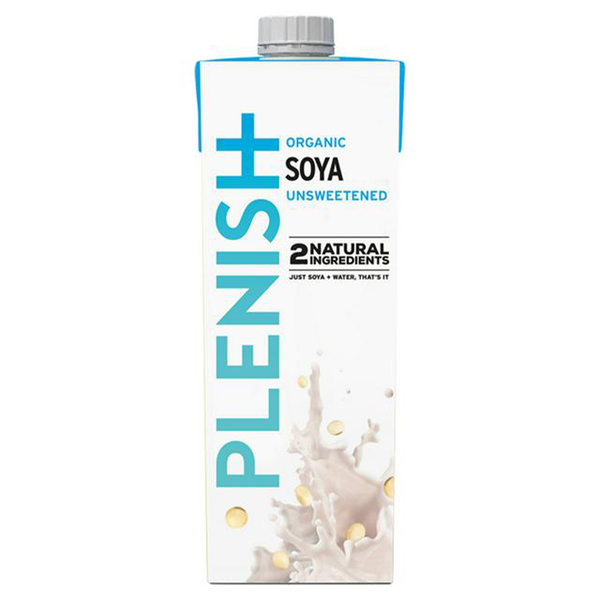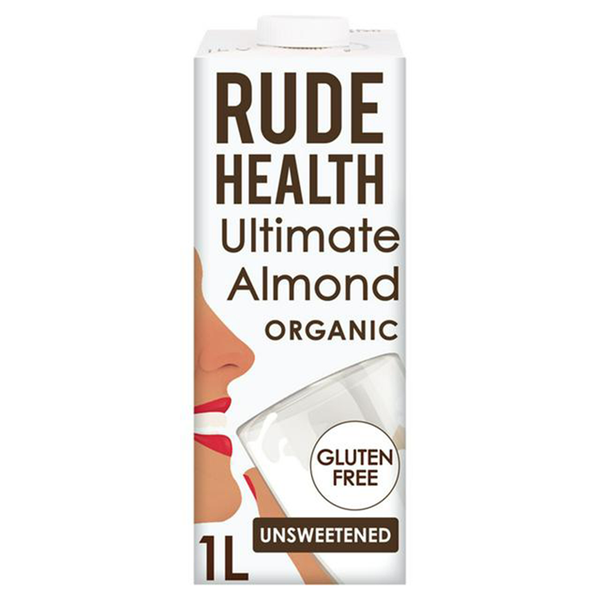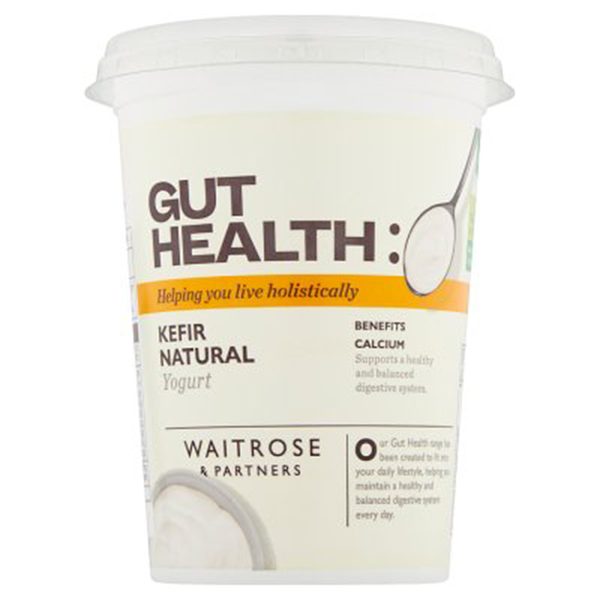
Are Plant-Based Milks Healthier Than Dairy?
First – when did cow’s milk become so controversial?
As a nation, we’ve fallen out of love with dairy. Recent studies show the average person’s milk consumption in the UK has fallen 50% since the 1950s, most recently in favour of plant-based milks – think almond, oat, rice and soya varieties. Whether it’s for health issues (some studies have linked cow’s milk to inflammation and skin issues), animal welfare or the future of the planet, many of us have lost faith that drinking milk is doing us, and the planet, any good.
So, is cow’s milk bad for you?
By and large, cow’s milk is healthy, if you can tolerate it. “Cow’s milk is packed with beneficial nutrients,” says nutritionist Jennifer Walpole. “It’s a fantastic source of complete protein, including some essential amino acids which have been shown to aid muscle recovery. Milk is also packed with calcium, which is essential for healthy bones and teeth, and also contains selenium and iodine, both of which are important for thyroid hormone production. Cow’s milk is also a rich source of magnesium and zinc as well as vitamins A, E, K, folate and vitamin B12.” One glass of cow’s milk contains around 30% of your daily calcium, 74% of vitamin B12 and 40% of your iodine needs. Jennifer also says that full-fat cow’s milk has had a bad rap in recent years, but it could be nutritionally superior to skimmed milk. “Full-fat milk contains fatty acids as well as unsaturated fats like oleic acid, which have health benefits. Studies have also shown that whole milk isn’t associated with an increased risk of weight gain. Whole milk actually results in an increased feeling of satiety, owing to its increased transit time, meaning it’s absorbed slower than low fat milk. Without the presence of those important fatty acids, the glycaemic load of low-fat milk is higher, leading to more of a blood sugar spike when consumed versus full fat milk.”
Are dairy intolerances really on the rise?
Nutritional therapist Jodie Brandman, who is staunchly anti-dairy, believes we have become more sensitive to cow’s milk over the years. “First, the quality of milk is different to what it was years ago – cows can be fed on grains instead of grass due to mass production, which isn’t natural, plus they’re given hormones and antibiotics, which subsequently affect our bodies.” Jodie argues our bodies are in a state of inflammation more than ever and that this highly processed milk is just adding to the load. Registered dietitian Laura Tilt, however, is a little more dubious. She claims levels of dairy intolerance aren’t actually on the rise. She believes it’s more a case of us becoming more conscious of what we’re eating and savvier when it comes to the symptoms of intolerances.
So, what are the signs you’re dairy intolerant?
“Symptoms of lactose intolerance occur within a few hours of eating a food containing lactose – a milky drink, for example,” Laura says. “Common symptoms include wind and bloating, tummy cramps, feeling sick and loose stools.” However, Laura says a genuine dairy intolerance is less common than you may think. “Lactose intolerance is a condition where someone can’t digest lactose due to a deficiency of an enzyme called lactase, which breaks down the sugars from milk into a form our bodies can absorb. It’s thought to affect around 5% of the British population, but this varies across ethnic groups – up to 75-90% of people from African, Hispanic and Asian backgrounds are thought to have some degree of intolerance.”
What are the healthiest cow’s milk alternatives?
BEST FOR PROTEIN: Soy Milk
Soy milk is naturally high in protein and contains all the nine essential amino acids found in cow’s milk, making it the nutritionists’ top dairy alternative. It’s also low in saturated fat and a natural source of vitamins A and B12. Rich and creamy, it’s also one of the best options in terms of cooking, and you can use it to replace whole dairy milk in most recipes. However, always read the label as many soy milks contain unnecessary sweeteners and additives to thicken the drink or increase its shelf life. “Plenish’s soy milk is made with GMO free soybeans, which are sustainably sourced, and is a dairy alternative I often recommend to my clients,” says Jennifer.
BEST FOR ENERGY: Rice Milk
Being high in carbohydrates, rice milk is an energising dairy alternative with good levels of B vitamins and magnesium. However, it’s very low in protein and can be high in sugar, says Jennifer. “This can be helpful if you are active and need the sugar, but if you’re not, it can have a knock-on effect on hormones. Rice milk is also often used as a base for other non-dairy milks, so look out for this on the ingredients list if you’re worried about sugar content,” says Jennifer.
BEST FOR TASTE: Oat Milk
Oat milk is naturally sweet with a creamy texture, although it contains more carbs per serving than nut varieties and less than half the protein of cow’s milk. While it’s popular for its taste and versatility in cooking, Jennifer says it’s the least nutritious option. “When you look at the nutrient values of all the dairy alternatives, oat milk is the poorest option. It’s low in protein, low in healthy fats and often high in sugar. It’s one to avoid if you struggle with sugar cravings and blood sugar imbalances.”
BEST FOR HEALTHY FATS: Coconut Milk
Around 93% of coconut milk’s calories come from fat, although if you’re looking to lose weight, these are mainly healthy fats known as MCTs. As well as their ability to nourish gut microbes, one study found MCTs can also increase insulin sensitivity to better break down glucose and control blood sugar levels.
BEST FOR THE PLANET: Hemp Milk
Hemp milk is relatively low in calories and is a good source of heart-healthy omega-3 fatty acids. It also contains more calcium than cow’s milk and is a good eco-friendly option. Hemp seeds are grown naturally with very little water, and the plant itself breathes in four times as much CO2 as trees, with no wastage.
BEST LOW-CALORIE OPTION: Almond Milk
Rude Health’s Ultimate Almond Drink is the dairy-free milk of choice for registered nutritionist Karen Preece Smith. “This is the milk I recommend to my clients. It’s high in protein, with 1.5g per 100ml, as well as being low in sugar and saturated fat.” However, not all almond milks are as nutritious – the majority tend to be low in calories, protein and just about everything else. Always read the label before buying – and just be aware it has a tendency to split in hot beverages, like tea and coffee.
If you want to stick with cow’s milk, what should you be looking for on the label?
The experts agree that some forms of cow’s milk are better than others, and that it all comes down to quality. Milk from a farm or farmers’ market is preferable, but if this isn’t available to you, then organic, full-fat and unhomogenized milk will increase your chances of avoiding pesticides and hormones. It could also be worth looking beyond the supermarket shelves – Farms To Feed Us lists some of the UK’s highest quality producers. Look out for biodynamic and organic certified products, and keep raw milk on your radar too, which is nutritionally superior.
The bottom line?
“Whilst the protein missing in plant milk can be easily found in other non-dairy milks, its other nutrients are trickier to replace,” says Laura. “Swerving dairy won’t necessarily leave you deficient in these nutrients, but you need to consider what else you’re eating to avoid potential problems. If you’re choosing plant milk, always choose one with added calcium and iodine,” she advises. Jennifer adds that you should always read the label, whether opting for cow’s milk or its non-dairy counterparts. “Lots of dairy-free milks contain ingredients that are highly processed, including sunflower and rapeseed oils, as well as added sugar. If you struggle to digest cow’s milk, look to Plenish’s dairy alternatives. They use minimal ingredients, no fillers or vegetable oils, giving them the nutritional green light. Just remember to always shake the carton of any non-dairy milk before drinking, as fortified nutrients can sink to the bottom – do this and you’ll ensure you’re getting the maximum nutritional benefits.”






For more information head to JenWalpole.com, LauraTilt.com, JodieBrandman.com and ION.ac.uk.
DISCLAIMER: Features published by SheerLuxe are not intended to treat, diagnose, cure or prevent any disease. Always seek the advice of your GP or another qualified healthcare provider for any questions you have regarding a medical condition, and before undertaking any diet, exercise or other health-related programme.
DISCLAIMER: We endeavour to always credit the correct original source of every image we use. If you think a credit may be incorrect, please contact us at info@sheerluxe.com.

